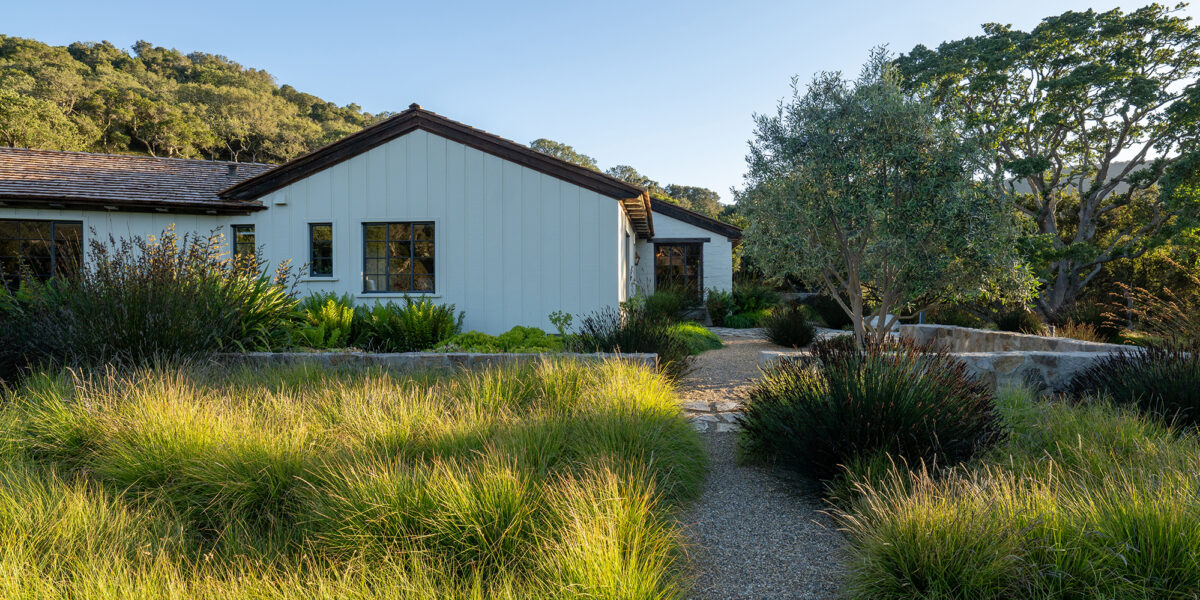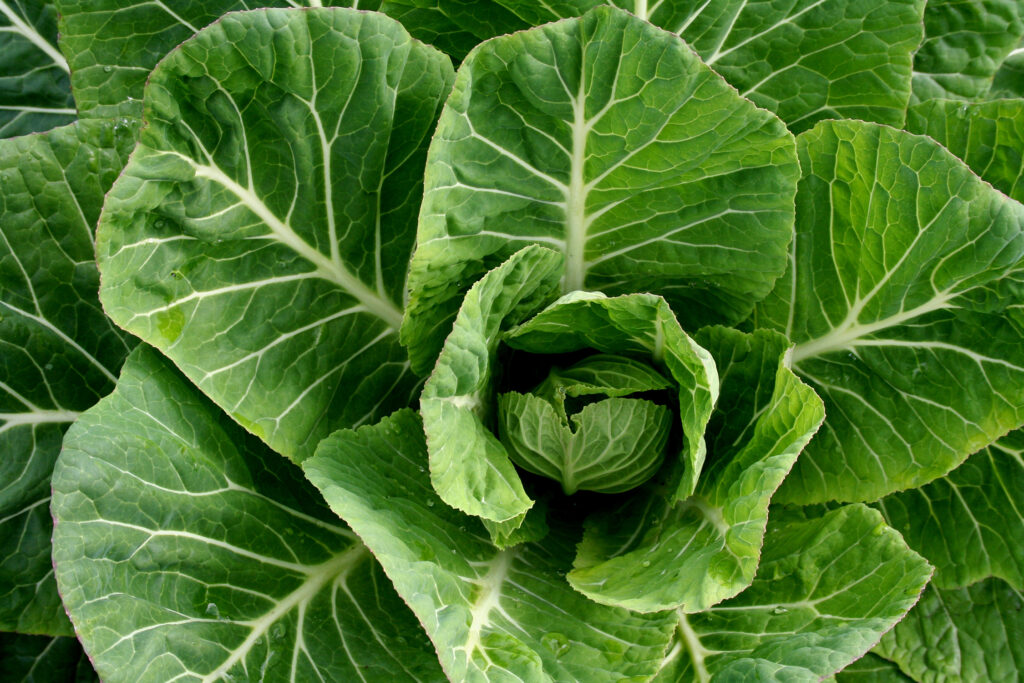
Want a Beautiful Garden This Spring? Then You Need to Do These 8 Things Now
Your fall garden checklist.

Gardens might be showing signs of slowing down, but cooler temps and the shift of season make it prime time for planting and prep that will set you up for success in the growing seasons ahead. Here’s how to take on autumn with longevity in mind.
Plant
–Directly sow native wildflower and meadow grass seeds before the arrival of rain. Scatter using one part seed to three parts horticultural sand, which aids in germination coverage and deters foraging birds.
–Rejuvenate soil by planting cover crops both in-ground and in raised beds. Choose from available seed mixes or create your own blend of clover, rye, and legumes. By covering your soil, you’ll not only suppress weeds, decrease soil erosion, and retain more moisture—you’ll also be adding needed organic matter while fixing nitrogen levels.
–Consider losing the lawn and installing a rain garden. Plant a mix of native grasses and flowering shrubs within a depressed area of the landscape to create a vegetated swale within the landscape. Increase beneficial wildlife while capturing 30% more rainwater compared to conventional lawns.

mschowe/Getty Images
Harvest
–Try your hand at seed saving and revisit favorite heirlooms next year. Skip plucking from any plants that were difficult to grow or had pest issues, as they won’t offer the most viable seeds. Self-pollinating plants such as nightshades, beans, herbs, and flowers are an easy place to start and make for fantastic gifts.
–The last of summer blooms can be turned into everlasting color creations. Zinnias, hollyhock, cone flower, and cosmos are all perfect late-season choices that can be used for both bundle- and dip-dyeing fabrics.
–Preserve your end-of-summer bounty to add fresh flavor to winter meals. Blanch hearty greens such as collards for 3 minutes, then cool, drain, and store in the freezer. Pickle the stems in a spicy brine for a zippy snack.
Maintain
–Avoid cutting back perennials, especially natives, leaving their seed heads until spring. This will add dramatic texture to the garden while housing beneficial insects and providing food for wildlife.
–Slower seasons are the perfect time to clean up tools and gear. Shine up weathered pruners and shears with a knife rust eraser and polish with camellia oil to prevent future tarnishing.
–‘Tis the season for soil care. As the temperatures dip, add at least 2–4 inches of mulch and compost to fruiting trees and perennials. Pull back any organic matter from trunks and stems to prevent rotting during the wetter months.
